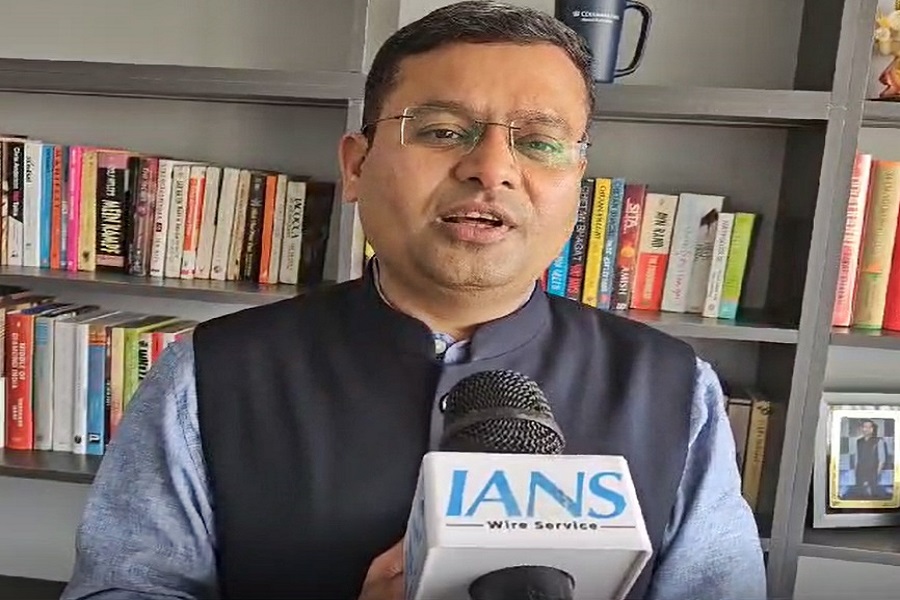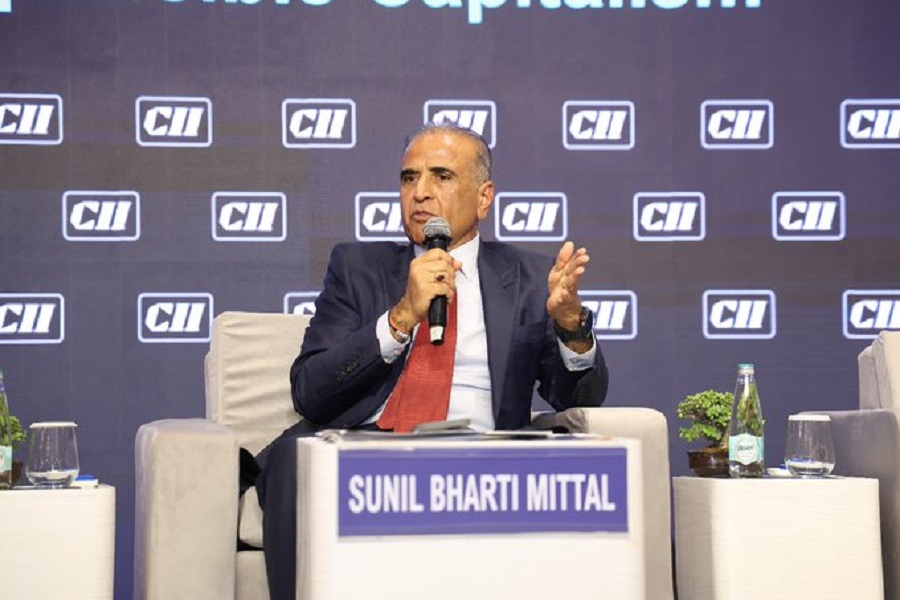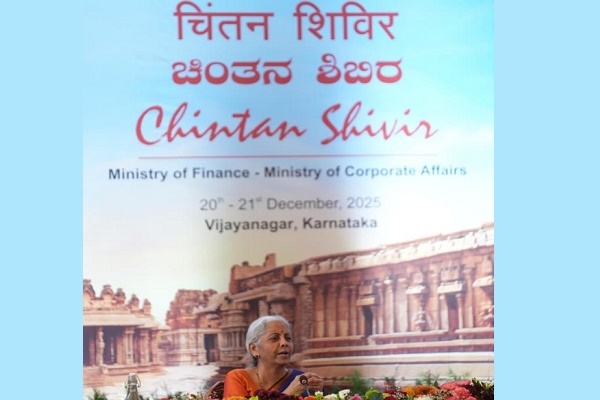Budget 2025: What Gets Cheaper, What Gets Expensive?
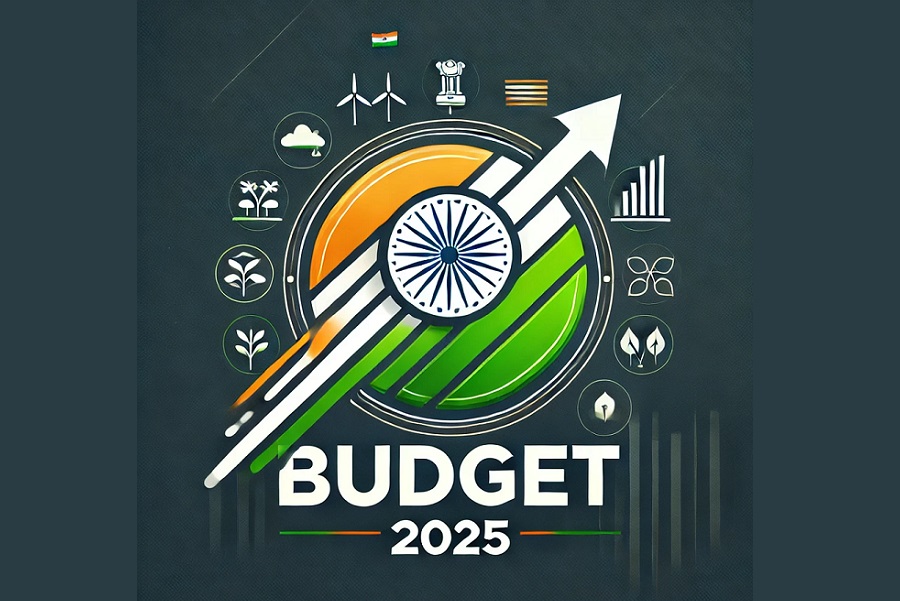
The Union Budget 2025, presented by Finance Minister Nirmala Sitharaman, has introduced a variety of tax and policy changes that will directly affect the prices of goods and services in India. The budget seeks to balance fiscal discipline while ensuring that the economy continues to grow in a sustainable manner. While some goods and services are set to become cheaper, others will experience an increase in prices due to new taxes and duties. Let’s break down what gets cheaper and what gets expensive under the new budget.
What Gets Cheaper?
1. Electric Vehicles (EVs):
The government has introduced significant tax incentives and subsidies for electric vehicles (EVs). With an aim to push the adoption of cleaner, green technologies, EVs and related components will become more affordable. This includes a reduction in GST on EVs, alongside subsidies for manufacturing and purchasing these vehicles, making them more accessible to consumers.
2. Renewable Energy Products:
To promote sustainable development, the budget proposes tax exemptions on solar panels and other renewable energy products. The reduction in import duties will make solar equipment more affordable, encouraging both individuals and businesses to invest in clean energy solutions. This will support India's efforts to meet its renewable energy targets.
3. Affordable Housing:
The budget emphasizes the affordable housing sector with lower taxes and incentives for developers. Buyers of affordable homes will benefit from reduced GST rates on construction materials, making housing more accessible for middle and lower-income segments. This is expected to boost affordable housing projects across the country.
4. Healthcare and Medicines:
The healthcare sector stands as a major beneficiary in the Budget 2025, with tax deductions on health insurance premiums and subsidies for medical devices. Generic medicines will also be available at a lower cost due to reduced taxes, making healthcare more affordable for the common man.
5. Electric Appliances (Energy-Efficient Models):
With a focus on energy efficiency, appliances like LED bulbs, energy-efficient air conditioners, and other household devices will see lower taxes. This initiative is aimed at making energy-saving products more affordable for consumers while encouraging responsible consumption and reducing power usage.
What Gets Expensive?
1. Luxury Goods and Imported Items:
As part of the government’s plan to encourage domestic production and reduce reliance on imports, customs duties on luxury goods and imported items have been raised. This includes luxury cars, watches, and high-end electronics. Consumers will feel the pinch of these price hikes, as these goods will now cost more due to higher import duties.
2. Cigarettes and Alcohol:
To discourage the consumption of harmful products and raise additional revenue, the government has proposed higher excise duties on cigarettes and alcoholic beverages. This increase will directly lead to higher prices for these items, making them more expensive for consumers. This move is aligned with the government’s focus on public health and increasing tax collections.
3. Plastic and Non-Eco-Friendly Packaging:
With a strong push toward sustainability, the government is imposing higher taxes on single-use plastics and non-biodegradable packaging. The goal is to discourage the use of harmful materials and encourage businesses to adopt eco-friendly alternatives, which will result in higher costs for plastic-based packaging.
4. Automobiles (Certain Segments):
Luxury cars and premium vehicles will face an increase in GST rates and custom duties, leading to higher prices in the automobile sector. However, this will be offset by incentives for electric vehicles (EVs) and energy-efficient models, ensuring that the market remains diversified and supports the transition to green alternatives.
5. Non-Essential Services:
Certain non-essential services, including spa treatments, fine dining, and luxury tourism, may see increased taxes under the new budget. This will make leisure and high-end experiences more expensive, as the government aims to curb excessive consumption and prioritize essential services.
Conclusion:
The Union Budget 2025 strikes a balance between promoting sustainable development, encouraging domestic manufacturing, and ensuring affordable access to essential goods and services. While some items, such as electric vehicles, renewable energy products, and healthcare, will become cheaper, others, like luxury goods, alcohol, and plastic products, will see an increase in prices due to higher taxes. The changes are designed to align with India’s long-term goals of economic growth, sustainability, and inclusive development. As the government pushes for green technology adoption and self-reliance, certain sectors will feel the immediate impact, but the long-term benefits are expected to be widespread.




.jpg)



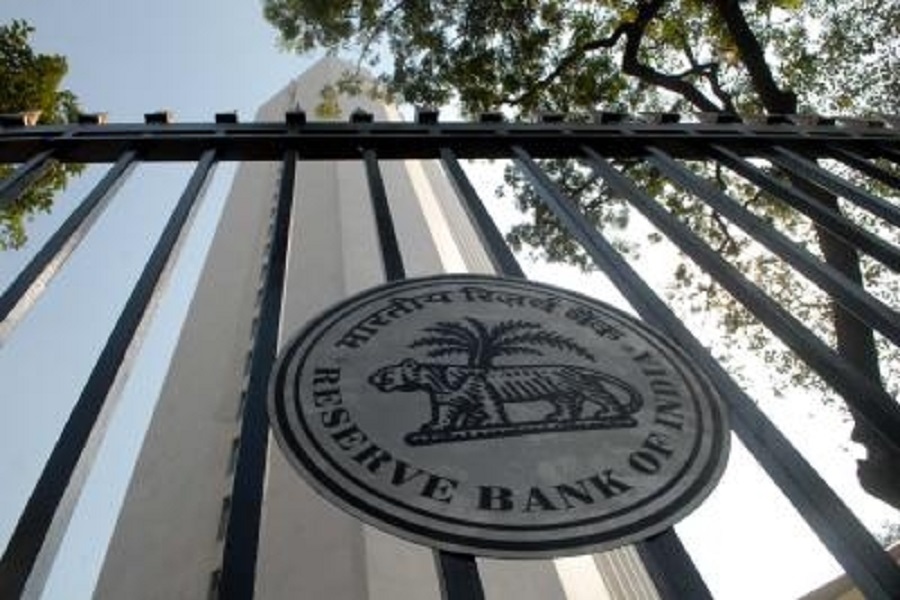

More News

Sensex, Nifty in green as mid, smallcaps gain ahead of Union Budget 2025
